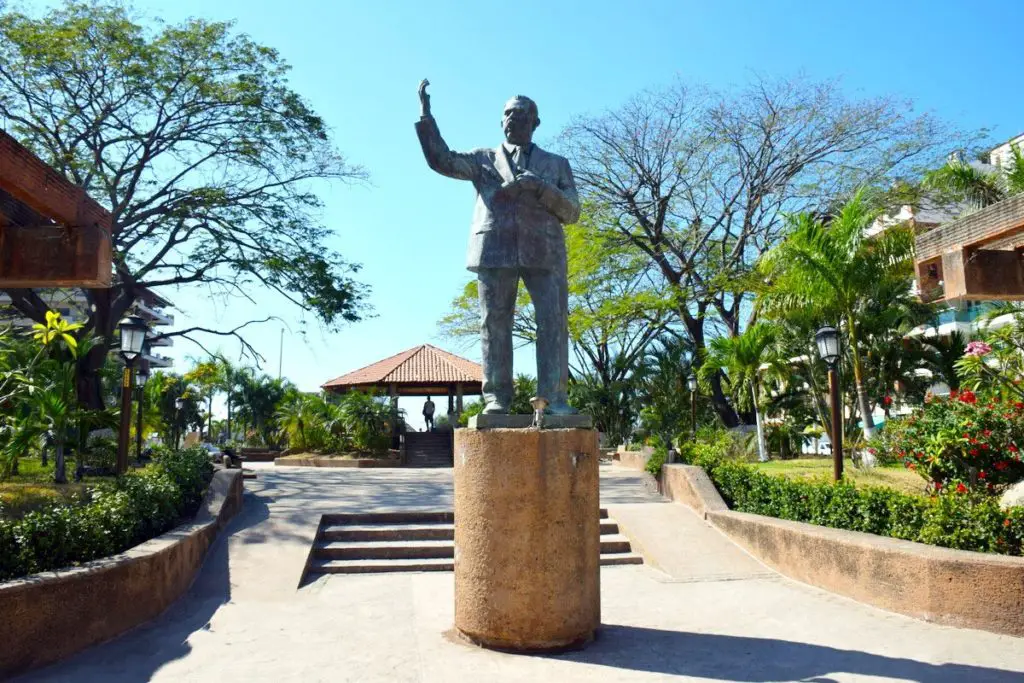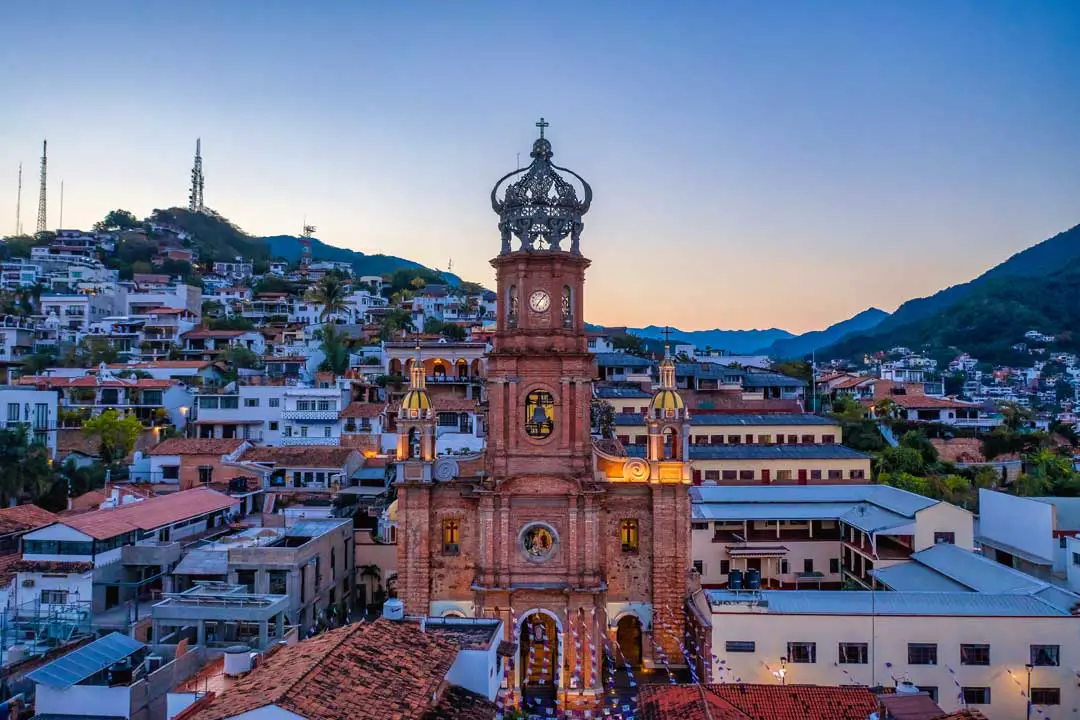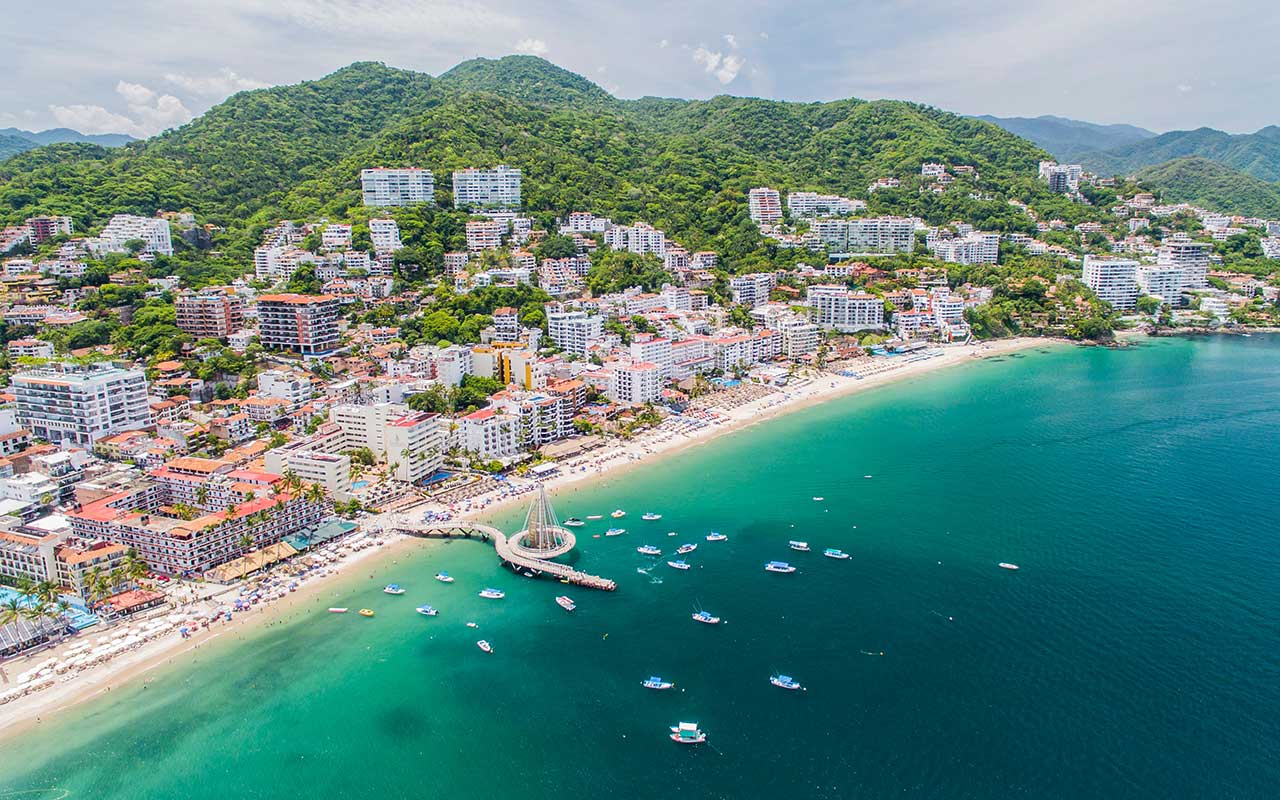In this newest series from #WeLovePV, we take a look at some of the names emblazoned upon Mexico’s street signs, currency, and public consciousness to answer the question that has lingered on the lips of Vallarta visitors since time immemorial: “Hey, Who’s That Guy?”*
Mexico was a very different place in the time of the man history remembers as Lázaro Cárdenas del Rio, he of the park and street stationed at the heart of our fair city. This icon of national culture was a general in the Constitutionalist Army during the Mexican Revolution, serving with such distinction that he went on to hold the office of President between 1934 and 1940.
As with many nations in the wake of the First World War era, leadership in the nation was somewhat unstable. A series of political machinations led to Cárdenas’ bid for the presidency in 1934, and upon assuming the office he exercised the powers of the position as none had before.
While in office, Cárdenas’“Six-Year Plan” was instrumental in transforming the socioeconomic atmosphere in the country. His roots in a humble indigenous family informed his policies, which were designed to favor fortunes of the everyday citizen under the slogan “Mexico for Mexicans.”
Cárdenas’ administration transferred many large estates from the hands of a privileged few to small farming communities with a collective stake in maintaining the lands, and giving them access to banking and other communal services. He promoted free and secular education among all classes as a priority–doubling the country’s number of schools during his term–and fomented the formation of trade unions for the protection of worker rights.
Cárdenas is known for responding to the global financial downturn of the 1930s by nationalizing oil resources through the creation of Pemex, a move with the advertised aim of minimizing the input of foreign governments in this critical developing production industry.
Cárdenas made perhaps his most enduringly noteworthy decision in revolutionizing the structure of his political party, founding the PRM (Partido de la Revolución Mexicana), an organization with the stated goal of increasing representation for the poor, the working class, and rank-and-file members of the nation’s armed forces in the affairs of state.
This savvy maneuver decreased the appeal of the military coups d’état that had almost become synonymous with the electoral process in recent decades, stabilizing the position of the office even after his departure. Indeed, his peaceful transfer of power to his successor–one without an extensive military background, no less–upon the end of his term in 1940 was considered a major step forward for the legitimacy of the nation’s government at the time.
While Cárdenas was unmistakably a man of his time, he has been hailed as the greatest constructive force to come out of the Mexican Revolution, implementing its’ ideals of justice and equality to place the country on a path to modernization that continues today.
As a result of his contributions to creating a more equitable future for Mexicans nationwide, the statesman has been extensively honored in the country’s lore, the namesake of a number of towns and villages in multiple states along with a multitude of parks, streets, highways, and other public installations…and so, the next time you find yourself strolling down PV’s Calle Lázaro Cárdenas or enjoying the kaleidoscopic tile art in the Olas Altas park that also bears his name, perhaps pause to consider how one human being can change the course of history.



